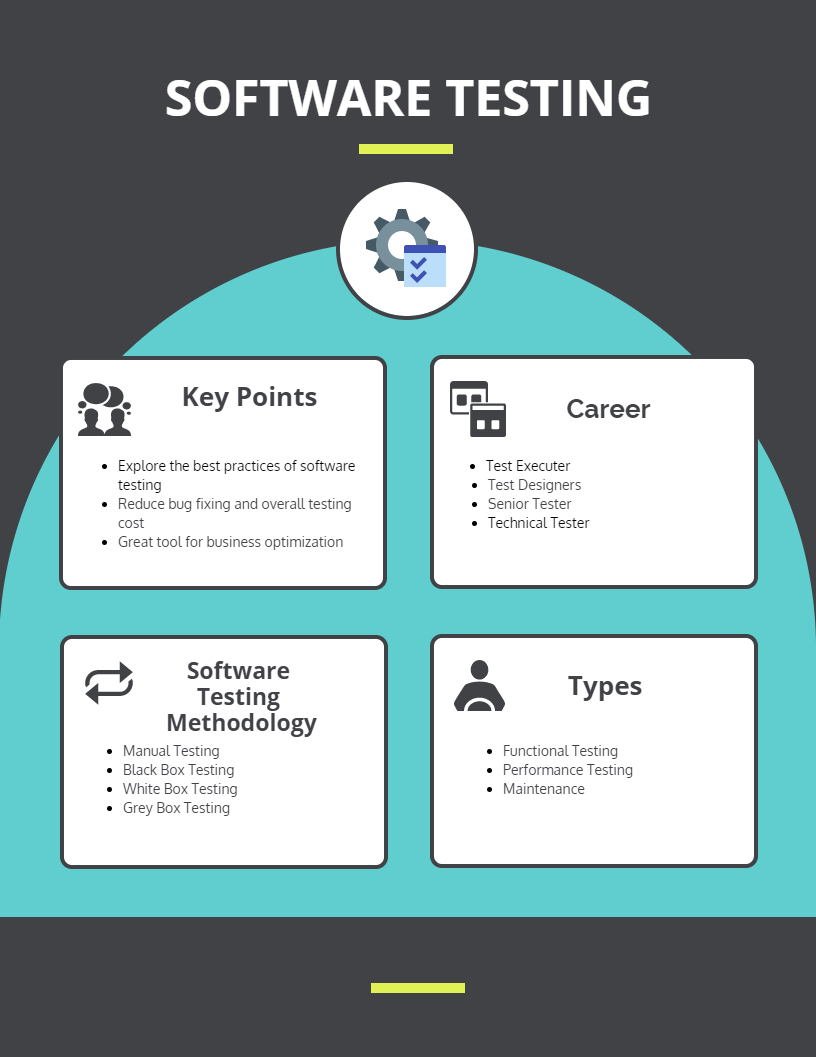Featured Program Courses for PROFESSIONALS!
Software testing course helps the delegates to gain a basic understanding of software testing levels, methods and types including Software Development Life Cycle and Software Testing Life Cycle. It enables you to identify different software bugs defects using the latest testing techniques. Testing is the process of executing and evaluating a system to locate any missing requirements or errors in contrast to the actual requirements. It is also a process of finding all the deficiencies and defects of a software product. The main aim of the testing is to make workable software product effective and improve the quality of deliverables by producing error-free software. Software testing is conducted by software testers, developers and project managers in the IT industry. Software testing involves software planning, development, execution, defect logging, reviewing product documents and completing closure activities. It improves the stability and reliability of the product and reduces the risk of failures during deployment.

Principles of Software Testing
There are seven principles to optimize the testing effort.
Testing shows the presence of defects: Software testing indicate the presence of defects or bugs in the software. It cannot prove the absence of defects remaining in the software. Even if the thorough testing is done, it cannot be assumed that the application is totally defect free.
Early testing: To reduce cost and time, the testing activities should be initiated early in the software or system development cycle. If software testers or developers involved at the early stage, they will have better understanding and insight into the product and locate the defects at the beginning level rather than later in the development lifecycle.
Pesticide paradox: If same tests are conducted again and again, testing will no longer be able to identify new defects. To remove these errors, the concept of pesticide paradox is introduced that enables the testers to review the test cases regularly and revise if needed. Testing needs to be performed in different parts of the software to locate more bugs.
Absence of error-fallacy: If user’s needs and expectations are not fulfilled, there is no point of conducting tests, finding defects and fixing issues. Try to develop usable software that meets the business needs.
Exhaustive testing is impossible: Exhaustive testing involves the usage of all inputs and preconditions. But it is quite impossible to test all possible test conditions due to time constraints. For this reason, risks and priorities should be taken into account to focus testing efforts.
Defect clustering: Small modules contain a large amount of defects in the system. This information can be proved very beneficial if we locate bug in a specific area, there are high possibilities of getting more bugs in that area itself.
Testing is context dependent: Software testing is conducted according to different situations. Different types and methodologies are related to the type and nature of the application.
Trending Topics
Enquire a Program
Fill in the form below & we'd get back to you.